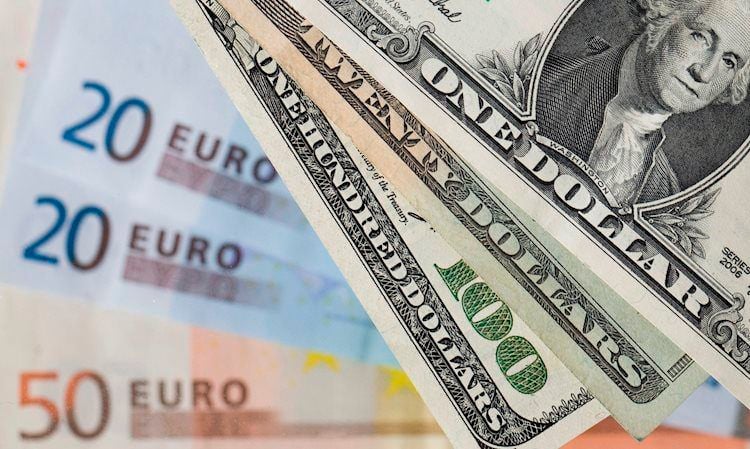
What you need to know on Tuesday, May 2:
Financial markets were quite volatile Monday, despite most major countries celebrating Labour Day, keeping local markets closed. The US Dollar edged higher against its rivals, initially extending Friday’s gains and later taking advantage of better-than-anticipated American data.
On Friday, month-end flows and position readjusting ahead of the multiple first-tier events this week pushed the Greenback higher. The rally continued at the beginning of the week but reverted during European hours, with thin volumes exacerbating the movements. It later resumed its advance following the release of US figures.
The United States (US) April ISM Manufacturing PMI improved more than anticipated, up to 47.1 from 46.3. Also, March Construction Spending rose by 0.3% MoM, better than the 0.1% decline expected by market players. Not so encouraging, the final estimate of the S&P Global Manufacturing PMI for the same month was downwardly revised from 50.4 to 50.2.
The US Dollar was also supported by rising US government bond yields. The 10-year Treasury note currently yields 360%, up 15 basis points (bps), while the 2-year note offers 4.13%, adding roughly 7 bps on Monday.
Meanwhile, central banks take center stage. The Bank of Japan (BoJ) announced its decision on Friday, and as widely anticipated, it left its interest rates unchanged in newly appointed Governor Kazuo Ueda’s first policy meeting. The central bank also kept the range for 10-year Japanese Government Bonds (JGB) unchanged at 50 basis points, around the 0% target.
The Reserve Bank of Australia (RBA) will be next, as it will announce its decision on Tuesday. The RBA is expected to pause rate hikes and maintain the cash rate at 3.50%. The United States (US) Federal Reserve (Fed) will be out on Wednesday, while the European Central Bank (ECB) will follow on Thursday.
Meanwhile, Wall Street advanced following news that JP Morgan bought most First Republic Bank assets, rescuing the troubled institution with blessings from the US regulator, the Federal Deposit Insurance Corporation (FDIC).
As for US data, the April ISM Manufacturing PMI improved more than anticipated, up to 47.1 from 46.3. Also, March Construction Spending rose by 0.3% MoM, better than the 0.1% decline expected by market players. Not so encouraging, the final estimate of the S&P Global Manufacturing PMI for the same month was downwardly revised from 50.4 to 50.2.
XAU/USD briefly traded above $2,000 but shed over $20 ahead of the close, opening the door for a bearish extension.
EUR/USD settled around 1.0960, maintaining the pressure at the lower end of its latest range and at risk of falling further. GBP/USD trades sub 1..2500, but the risk of another leg lower is limited.
The Japanese yen is the worst performer, as USD/JPY surged to the 137.50 region. Finally, commodity-linked currencies were the best performers against the US Dollar, finding support in the better tone of Wall Street.
Like this article? Help us with some feedback by answering this survey: